Sale!
ISO 21101:2014 Adventure Tourism — Safety Management
Original price was: ₹15,000.00.₹12,000.00Current price is: ₹12,000.00.
ISO 21101:2014 is a standard that focuses on safety management in adventure tourism. It provides guidelines and requirements to ensure that adventure tourism activities are conducted in a manner that prioritizes the safety of participants, staff, and the environment. This standard aims to establish a systematic approach to managing risks associated with adventure tourism activities.
Key aspects covered by ISO 21101:2014 include:
1. **Risk Assessment:** Adventure tourism operators are required to conduct thorough risk assessments to identify potential hazards associated with their activities. This involves evaluating the risks to participants, staff, and the environment.
2. **Safety Management System:** Operators must establish and implement a safety management system (SMS) that outlines policies, procedures, and protocols to manage and mitigate risks. The SMS should be regularly reviewed and updated to ensure its effectiveness.
3. **Training and Competency:** Operators are responsible for ensuring that their staff are adequately trained and competent to carry out their roles safely. This may include training in first aid, emergency response, and specific activity-related skills.
4. **Equipment and Infrastructure:** Adventure tourism operators must ensure that all equipment and infrastructure used in their activities meet relevant safety standards and are regularly inspected and maintained.
5. **Emergency Preparedness and Response:** Operators must have emergency plans and procedures in place to respond to incidents or accidents effectively. This includes procedures for evacuating participants, administering first aid, and coordinating with emergency services if necessary.
6. **Participant Information and Briefing:** Participants should be provided with clear and comprehensive information about the risks associated with the activity, safety guidelines, and any requirements or restrictions they need to be aware of. A pre-activity briefing should be conducted to ensure participants understand these aspects.
7. **Environmental Considerations:** Adventure tourism operators should take measures to minimize their impact on the environment and promote sustainable practices. This may include waste management, conservation efforts, and educating participants about environmental stewardship.
By adhering to the guidelines and requirements outlined in ISO 21101:2014, adventure tourism operators can demonstrate their commitment to safety and provide assurance to participants that their activities are conducted in a responsible and risk-managed manner. Compliance with this standard can also help operators improve their operational efficiency, enhance their reputation, and reduce the likelihood of accidents or incidents occurring.

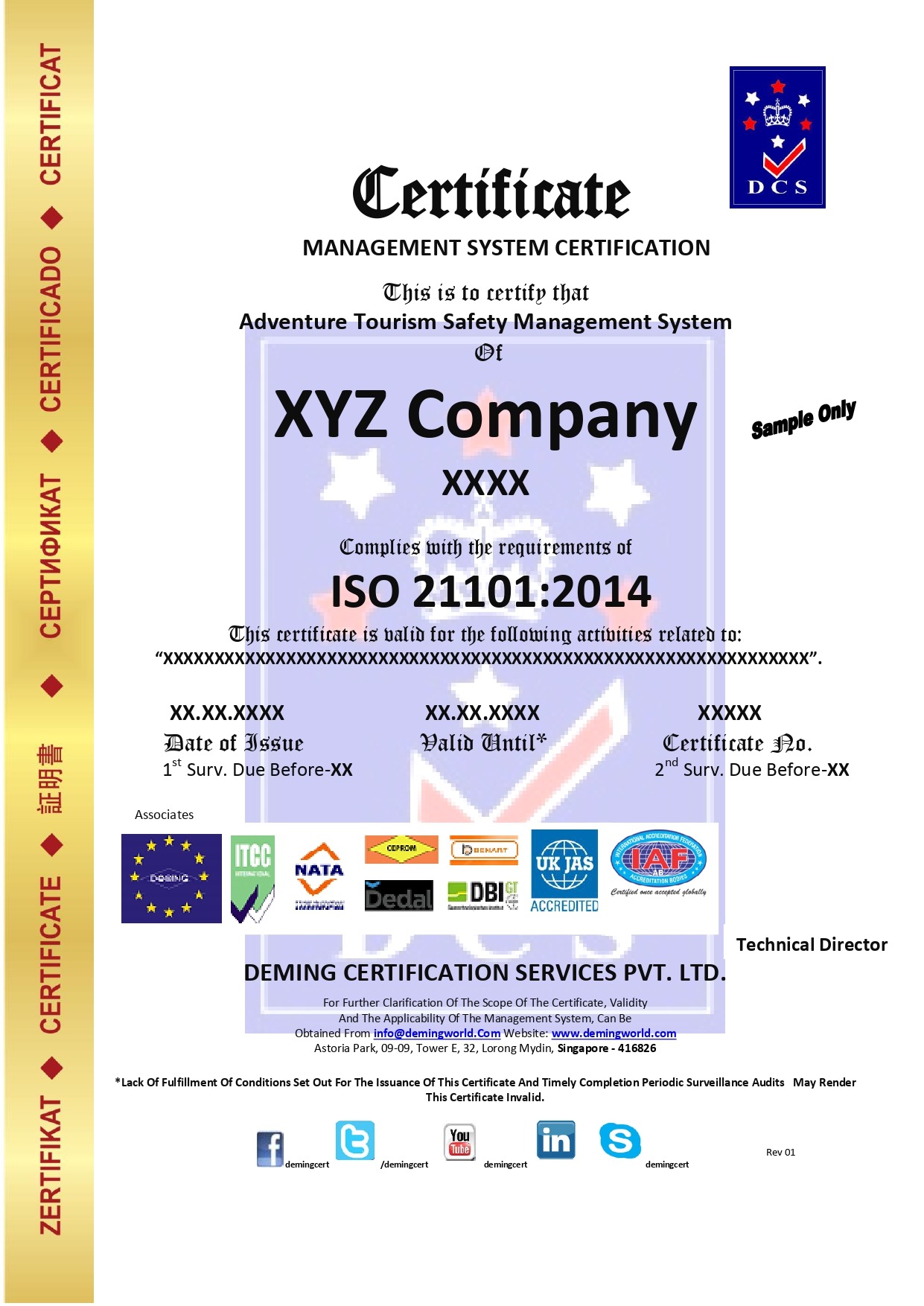


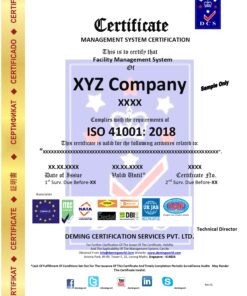
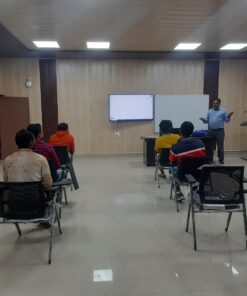

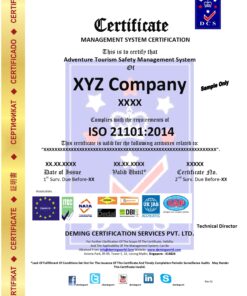



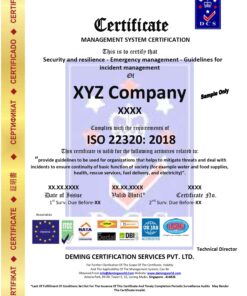
Reviews
There are no reviews yet.